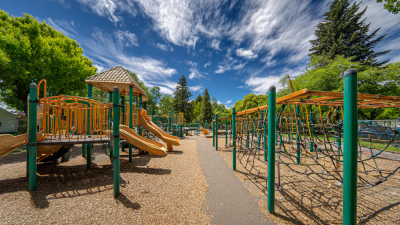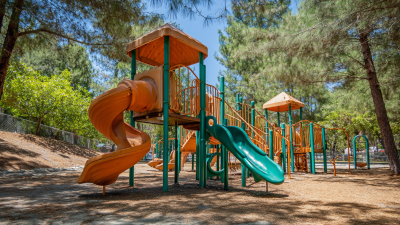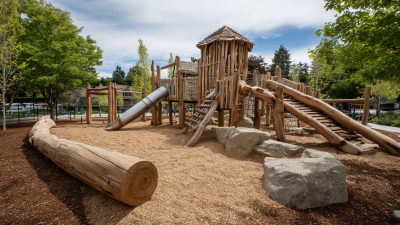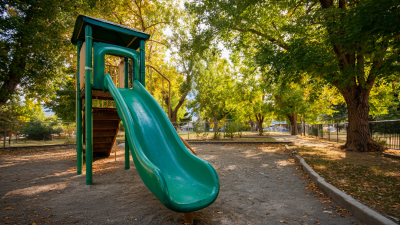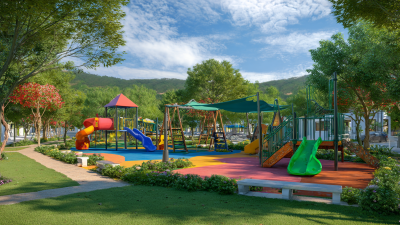 +86-13901441113
+86-13901441113




 Choosing the best top playground equipment for your child is a decision that can significantly impact their playtime experience and overall development. As we navigate the wide array of options available, it is essential to consider factors such as safety, durability, and the types of play activities that will engage your child. The right top playground equipment not only provides a fun and stimulating environment but also encourages physical activity, social interaction, and imaginative play. In this guide, we will explore key considerations to keep in mind when selecting the ideal playground equipment that aligns with your child's interests and developmental needs. By understanding these factors, you will be empowered to create a safe and enjoyable play space that fosters your child's growth and happiness.
Choosing the best top playground equipment for your child is a decision that can significantly impact their playtime experience and overall development. As we navigate the wide array of options available, it is essential to consider factors such as safety, durability, and the types of play activities that will engage your child. The right top playground equipment not only provides a fun and stimulating environment but also encourages physical activity, social interaction, and imaginative play. In this guide, we will explore key considerations to keep in mind when selecting the ideal playground equipment that aligns with your child's interests and developmental needs. By understanding these factors, you will be empowered to create a safe and enjoyable play space that fosters your child's growth and happiness.
When selecting playground equipment for your child, understanding age-appropriate options is crucial for their optimal development. Young children, particularly those aged 2 to 5 years, require equipment that is designed with their physical and cognitive abilities in mind. Structures with lower platforms, gentle slides, and soft materials help foster their emerging motor skills while ensuring safety. Incorporating features such as climbing areas and interactive elements can enhance their sensory experiences and encourage imaginative play, which is vital at this stage.
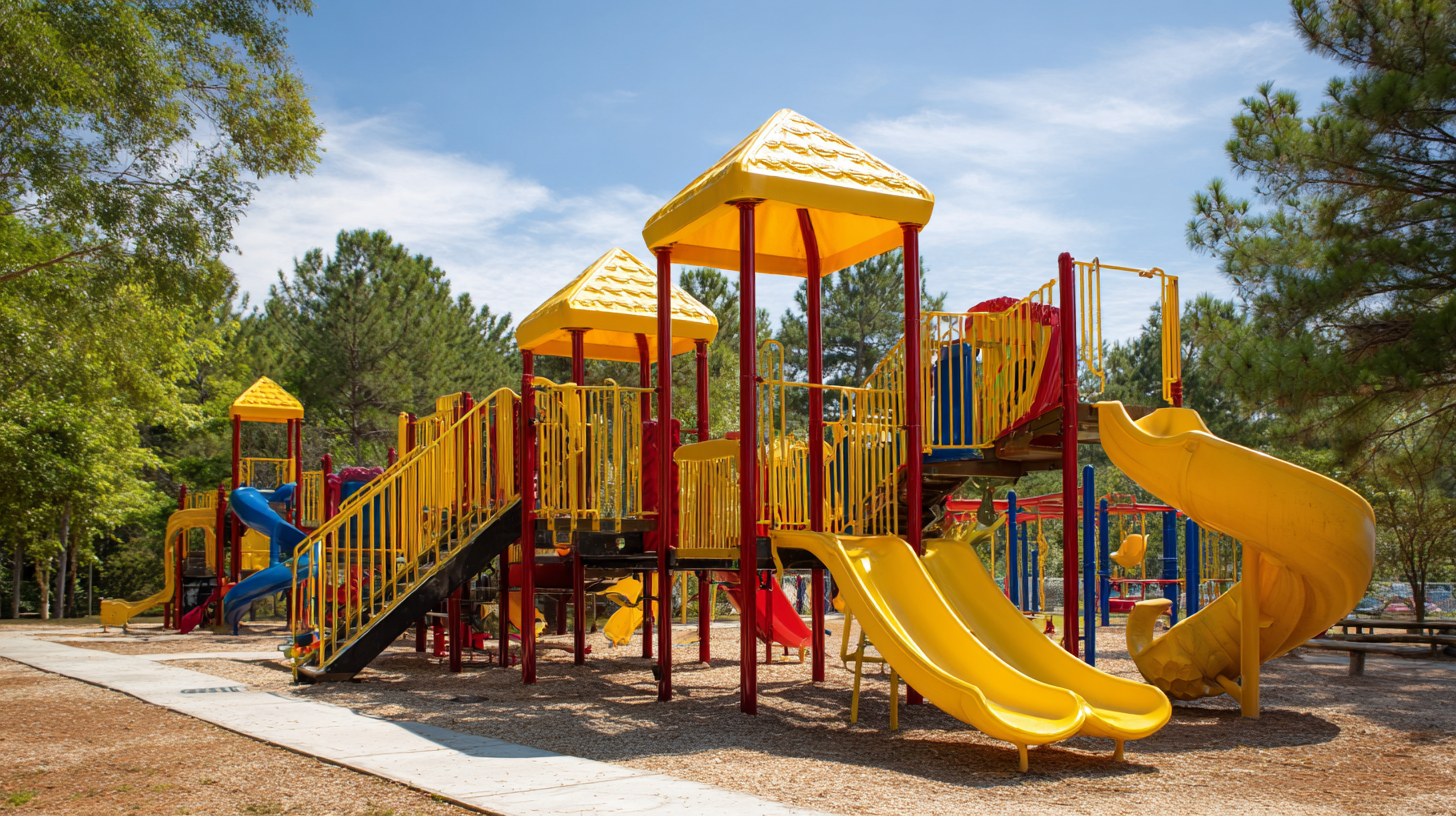
As children grow and develop, their playground needs evolve. For kids aged 6 to 12 years, equipment should support more advanced physical challenges, such as higher slides, climbing walls, and swings that promote risk-taking in a safe environment. This age group benefits greatly from opportunities to engage in social play, so selecting equipment that encourages teamwork and cooperative games, like multipurpose play structures or group swings, is invaluable. By carefully considering the age-appropriateness of playground equipment, parents can create a stimulating and safe play environment that supports their children’s growth and development.
When selecting playground equipment for children, ensuring that it meets safety standards and has the necessary certifications is crucial. Playground safety regulations are designed to minimize risks, preventing injuries while allowing children to explore and play freely. One critical aspect to look for is certification from recognized organizations, such as the American Society for Testing and Materials (ASTM) or the International Play Equipment Manufacturers Association (IPEMA). Equipment that has been tested and certified by these bodies adheres to strict guidelines for material quality, structural integrity, and overall safety.
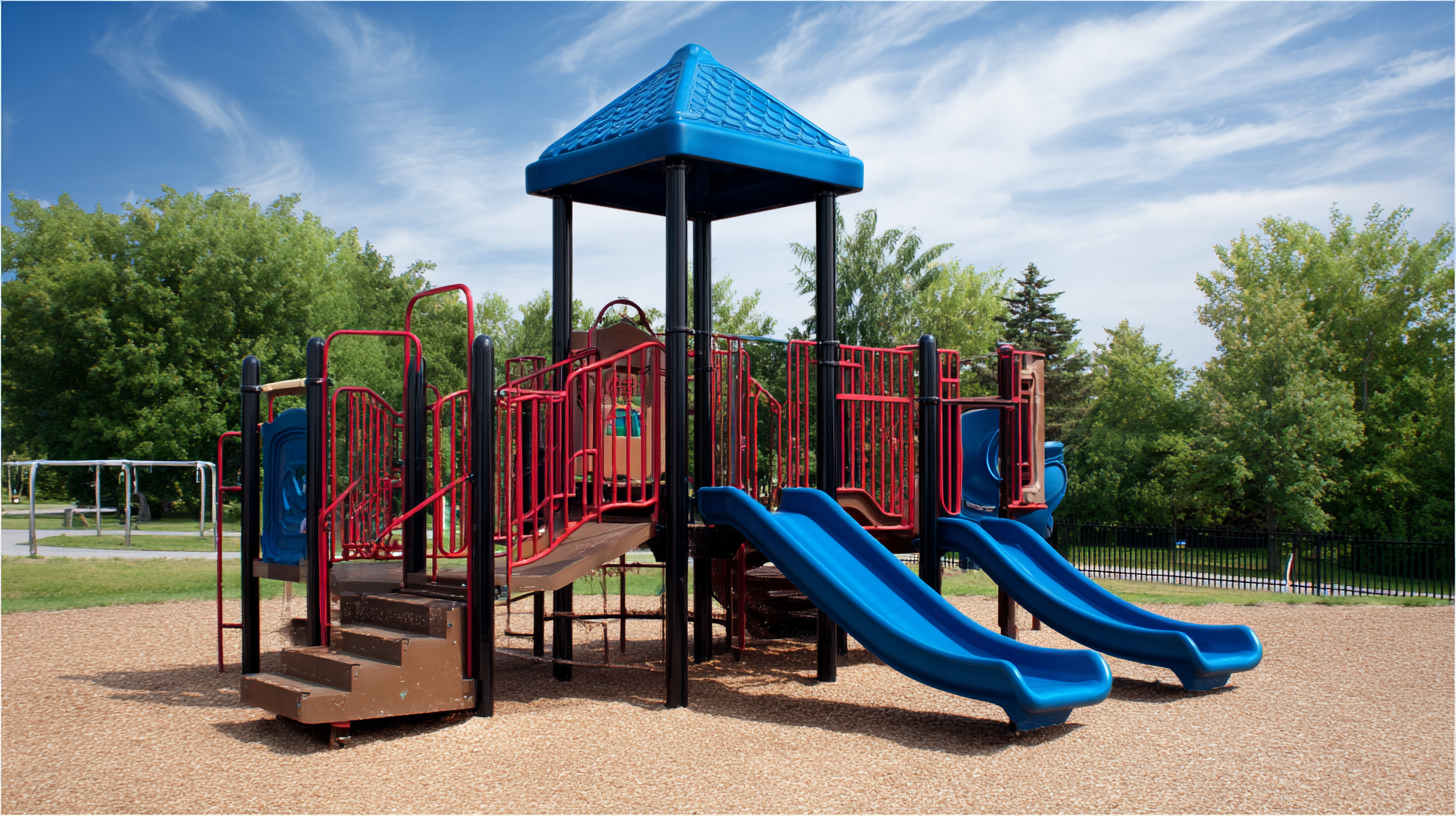
Additionally, it is essential to evaluate the age appropriateness of the equipment. Safety standards vary based on the intended age group; equipment designed for younger children will have different specifications compared to those meant for older kids. This differentiation helps ensure that children can engage safely with the equipment without the risk of harm. Parents should also consider the surface beneath the equipment, as proper impact-absorbing materials, like rubber mulch or foam mats, significantly reduce the risk of injury during falls. By focusing on these safety standards and certifications, parents can make informed decisions that prioritize their children's well-being while they enjoy outdoor play.
When selecting playground equipment for children, the materials used play a critical role in ensuring longevity and safety. Durable materials, such as high-density polyethylene and powder-coated steel, are excellent choices because they resist wear and tear, making them suitable for high-traffic areas. These materials can withstand the impact of energetic play, which is essential for maintaining both functionality and aesthetics over time.
Weather resistance is another important factor to consider. Equipment that is designed to endure various environmental conditions—like UV rays, rain, and extreme temperatures—will not only last longer but also ensure that children can safely play year-round. For instance, rust-resistant coatings and UV-stabilized plastics are key features that enhance the durability of playground equipment. By investing in high-quality, weather-resistant materials, parents can provide their children with a safe and enjoyable play environment that stands the test of time.
| Equipment Type | Material | Weather Resistance | Durability Rating | Recommended Age |
|---|---|---|---|---|
| Swing Set | Galvanized Steel | High | 10 Years | 3-12 Years |
| Climbing Frame | Plastic Composites | Medium | 7 Years | 5-10 Years |
| Slide | High-Density Polyethylene | High | 8 Years | 2-8 Years |
| Sandpit | Wood | Medium | 5 Years | 1-6 Years |
| Seesaw | Steel and Plastic | Medium | 6 Years | 3-10 Years |
When selecting playground equipment for children, assessing the importance of accessibility features is essential. Inclusive design ensures that children of all abilities can engage in play, fostering social interaction and development. Accessible playgrounds typically incorporate ramps, wider pathways, and adaptive swings to accommodate children who may use wheelchairs or other mobility aids. These features not only enhance physical access but also promote a sense of belonging, allowing all children to enjoy the benefits of outdoor activities.
Furthermore, considering sensory elements in playground equipment design can significantly enhance the experience for children with sensory processing disorders. Incorporating tactile panels, sound structures, and visual stimulation caters to diverse sensory needs, inviting exploration and creativity. By prioritizing accessibility features in the design of playground equipment, we are not only complying with regulations but also enriching the play experience for every child, ultimately contributing to their physical, emotional, and social well-being.
When selecting playground equipment, understanding child engagement and activity levels is crucial.
According to the American Academy of Pediatrics, active play is essential for children's physical, social, and cognitive development.
A study published in the Journal of Physical Activity and Health highlights that children exposed to engaging playground structures are
20% more likely to partake in physical activities that promote cardiovascular health.
Equipment that encourages climbing, sliding, and swinging results in higher levels of sustained playtime,
fostering both fitness and social interaction among peers.
Moreover, various playground designs can significantly influence the way children engage with their environment.
Research indicates that natural elements, such as climbing trees or hill structures, enhance children's motivation to play,
increasing their overall activity levels by up to 30%.
Additionally, structures that incorporate varying heights and challenging features are linked to improved motor skills and self-confidence.
The National Association for the Education of Young Children emphasizes that such dynamic play settings not only captivate children's interest but also support
collaborative play, essential for developing teamwork and communication skills.
Thus, choosing the right playground equipment can play a fundamental role in nurturing active and engaged young minds.
